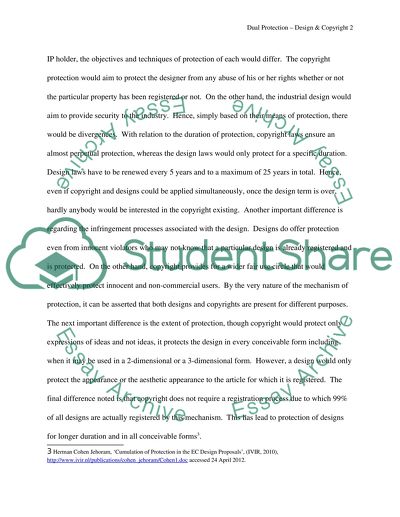Cite this document
(“Dual Protection - Design and Copyright Essay Example | Topics and Well Written Essays - 2000 words”, n.d.)
Dual Protection - Design and Copyright Essay Example | Topics and Well Written Essays - 2000 words. Retrieved from https://studentshare.org/law/1448249-explain-how-a-registered-design-may-be-a-work
Dual Protection - Design and Copyright Essay Example | Topics and Well Written Essays - 2000 words. Retrieved from https://studentshare.org/law/1448249-explain-how-a-registered-design-may-be-a-work
(Dual Protection - Design and Copyright Essay Example | Topics and Well Written Essays - 2000 Words)
Dual Protection - Design and Copyright Essay Example | Topics and Well Written Essays - 2000 Words. https://studentshare.org/law/1448249-explain-how-a-registered-design-may-be-a-work.
Dual Protection - Design and Copyright Essay Example | Topics and Well Written Essays - 2000 Words. https://studentshare.org/law/1448249-explain-how-a-registered-design-may-be-a-work.
“Dual Protection - Design and Copyright Essay Example | Topics and Well Written Essays - 2000 Words”, n.d. https://studentshare.org/law/1448249-explain-how-a-registered-design-may-be-a-work.


